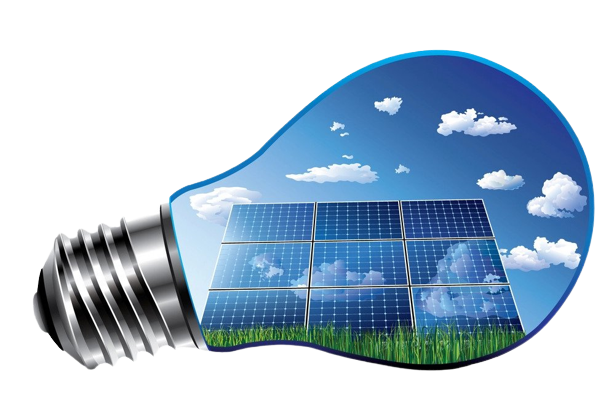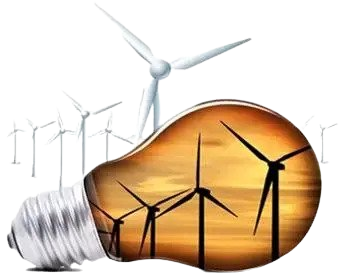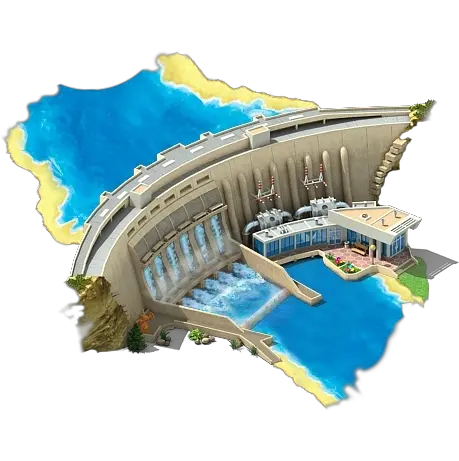GREEN ENERGY
Solar Power
The Sun is a 150 million kilometres away and amazingly powerful. Just a small fraction of the Sun’s energy that hits the Earth is more than enough to meet all our power needs. We produce energy from solar power by using photovoltaic cells, which capture sunlight and turn it into electricity. Solar energy can also be used for heating, cooking and lighting purposes. It is also inexpensive enough to power everything – from small gadgets to entire neighbourhoods.
Despite, the successful achievements in the production of solar energy, we could still do a lot more. If we could harness properly all the Sun’s energy every minute enough energy could be gained from the Sun to meet an entire year’s energy demand. Our company is dedicated to carry out further experiments to find more effective ways to use the Sun’s energy.

Wind Power
Wind is a clean energy source of renewable energy that produces no air or water pollution. This air flow on the earth’s surface can be used to push turbines, with stronger winds producing more energy. The best conditions to capture the utmost wind are offshore sites and rural areas, where are no buildings around to slow the wind. Wind is also free and operational costs are nearly zero once a turbine is erected. Additionally, many governments offer tax incentives to spur wind energy development.

Hydro power
The generators spin the turbines backward, which causes the turbines to pump water from a river or lower reservoir to an upper reservoir, where the power is stored. To use the power, the water is released from the upper reservoir into the lower reservoir. This spins the turbines forward, activating the generators to produce electricity.

